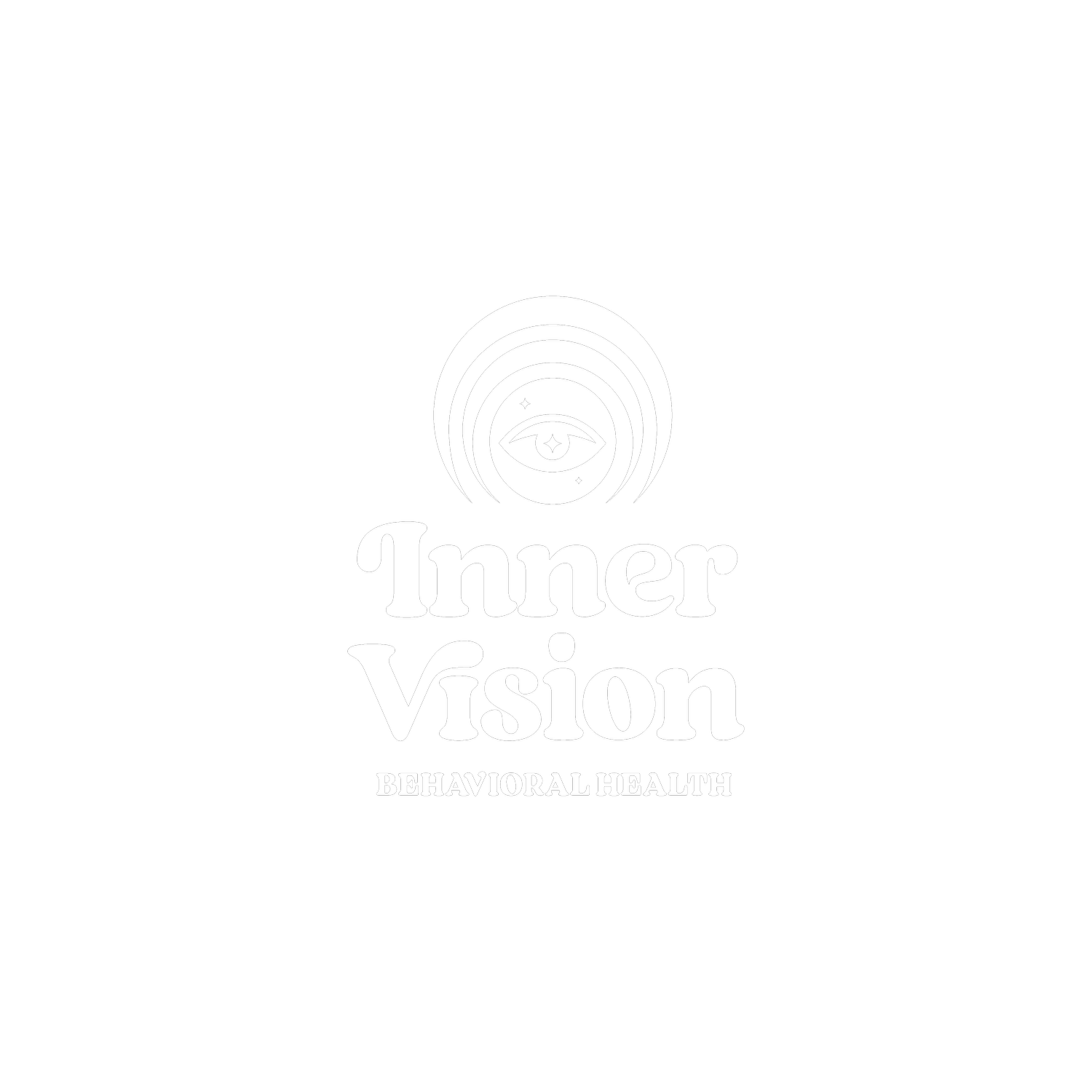Eye Movement Desensitization Reprocessing
EMDR uses something called bilateral stimulation to activate the left and right hemispheres of the brain while the therapist guides the client through traumatic memories. This results in the brain reprocessing the traumatic memory in a way that is adaptive. AKA, the memory gets stored as a learning experience as opposed to a distressing memory that the brain has no idea what to do with.
What kinds of symptoms can EMDR help with?
Flashbacks
Nightmares
Physical symptoms (gut/bowel issues, chronic pain, etc.)
Phobias
Panic attacks
Angry outbursts, irritability
Impulsivity, risk-taking
Depression
Anxiety
Trouble sleeping
Jumpiness
Feeling disconnected from others
Dissociation
Negative thoughts about self and others
Self-harm
Substance use
And more
FAQs
What is bilateral stimulation?
Bilateral stimulation is any stimuli (related to sight, sound, or touch) that moves between left and right. This can be eye movements, auditory beats, tapping, etc. The idea behind bilateral stimulation is that it stimulates both the left and right hemispheres of the brain, similar to what happens in the rapid eye movements we all experience during REM cycles in sleep. By activating both sides of the brain, EMDR taps into the logic and language side of the brain, as well as the visual and sensory side of the brain. In this way, EMDR helps go beyond the limits of traditional talk therapy as so much of our traumatic memories are sensory and cannot be accessed through language alone.
What is “dual attention?”
Dual attention is a component unique to EMDR in which the client alternates between revisiting thoughts, memories, images, emotions and body sensations from the past, and sharing their experience with the therapist in the present. In this way, the client is said to have “one foot in the past and one foot in the present” during EMDR processing.
How was EMDR developed?
The founding concept of EMDR was originally developed by Francine Shapiro in the 1980s, when she accidentally discovered that intentional eye movements reduced distress around her own thoughts and memories. The process has since been refined through research and the scientific method in order to optimize therapeutic results.
Can EMDR be conducted virtually?
Many people have seen successful results through EMDR conducted virtually. I personally completed my EMDR training virtually during the pandemic and was taught how to administer it through telehealth.
Can Rosie provide EMDR therapy?
Yes! I am EMDR certified, meaning I am recognized by the EMDR International Association (EMDRIA) as being qualified to provide the highest clinical standard of EMDR therapy.
Can I perform EMDR on myself?
EMDRIA does not support the use of EMDR administered by anyone other than a licensed mental health clinician (EMDRIA, 2021).
Is EMDR right for me?
An EMDR trained therapist will complete necessary assessments to ensure that EMDR is an appropriate intervention for you. While EMDR has shown to be effective and safe for a wide range of issues and populations, certain factors, such as levels of dissociation and certain medical issues may mean you need to hold off until your therapist determines it is appropriate.

EDMRIA LGBTQIA+ Pride Featured Video

Resources
Learn more about EMDR and if it could be an option for you and your healing.
EMDRIA
EMDR International Association
Francine Shaprio Library
Journals, newsletters, and other EMDR-related research and publications


